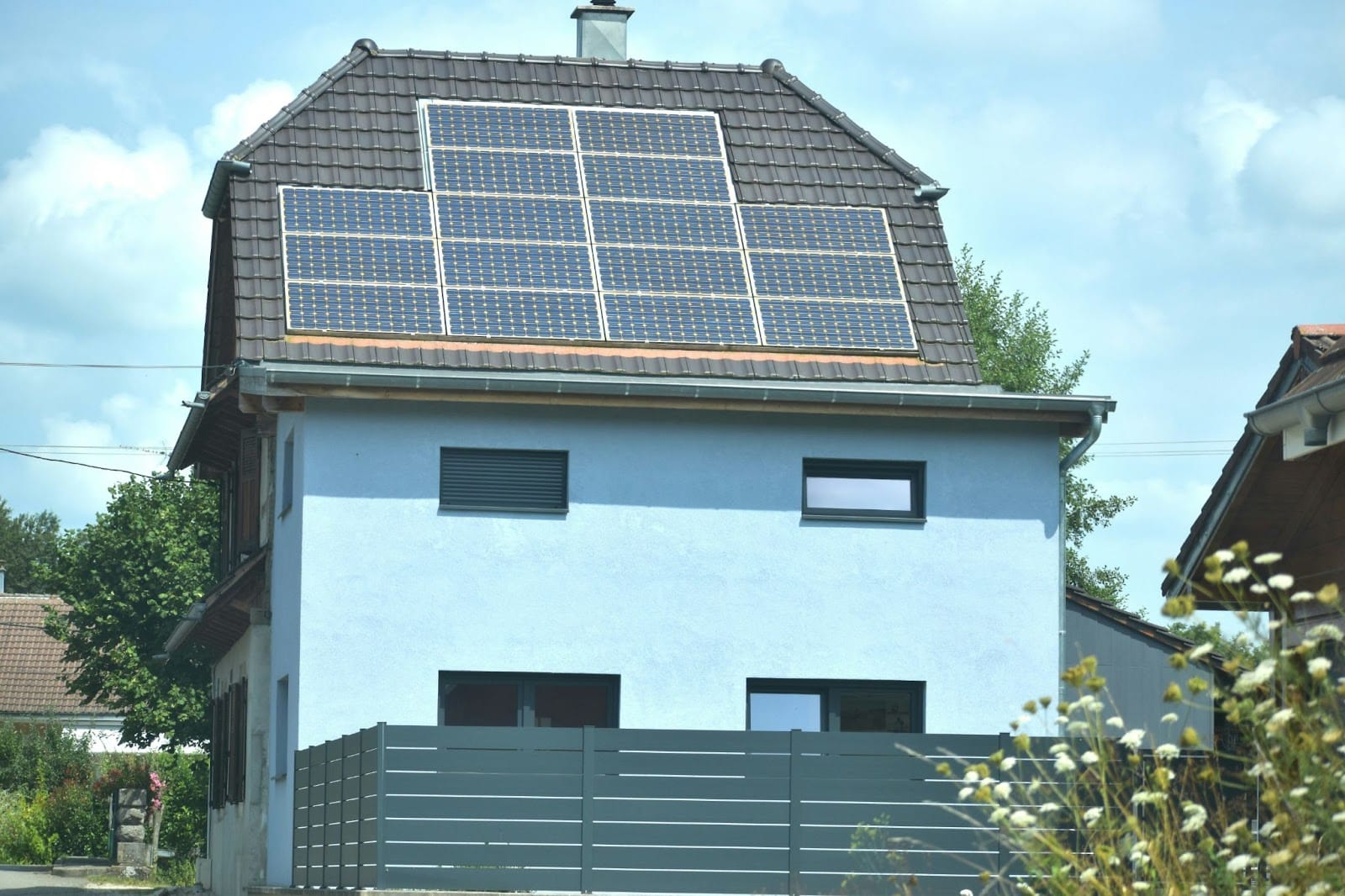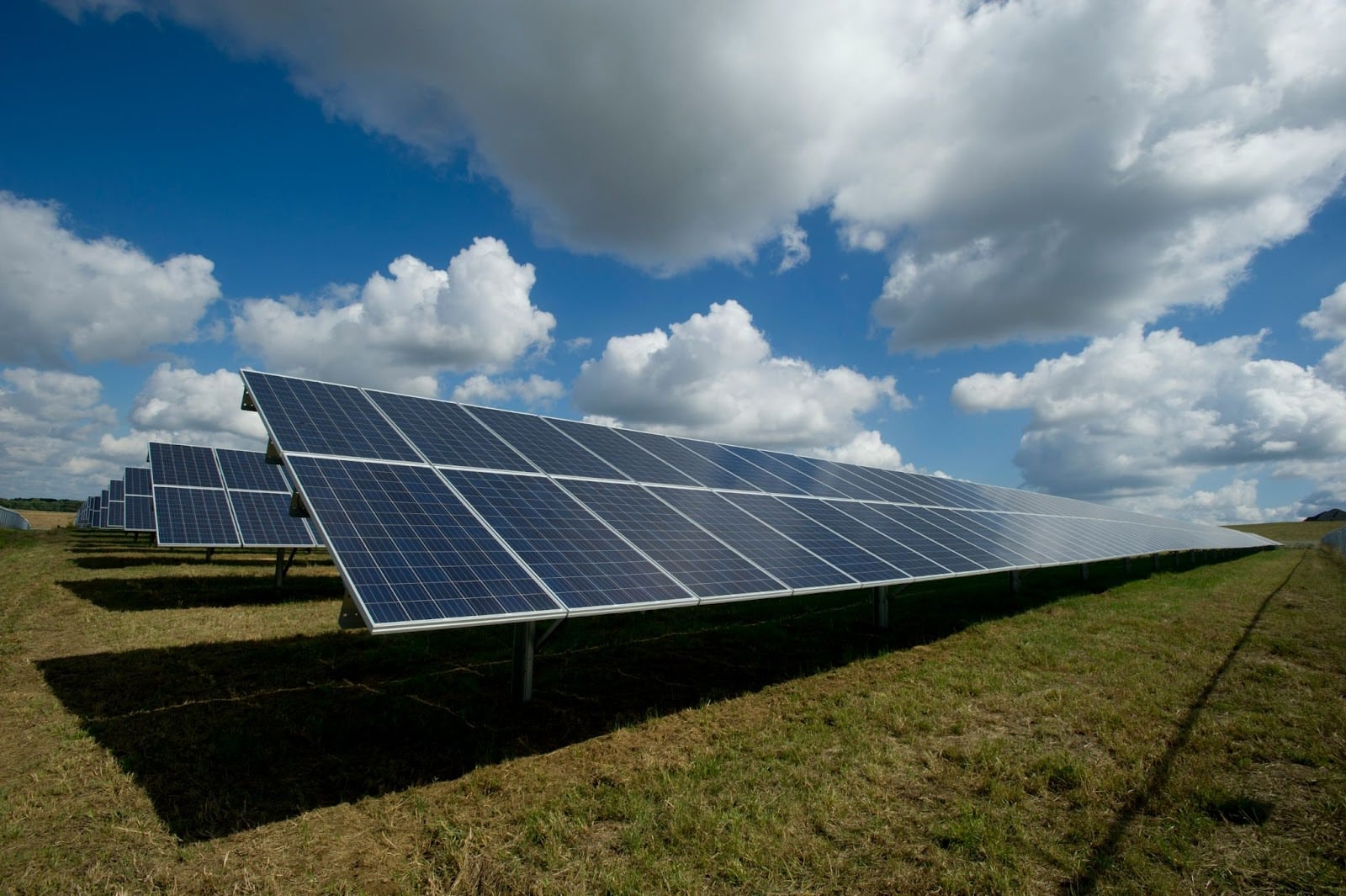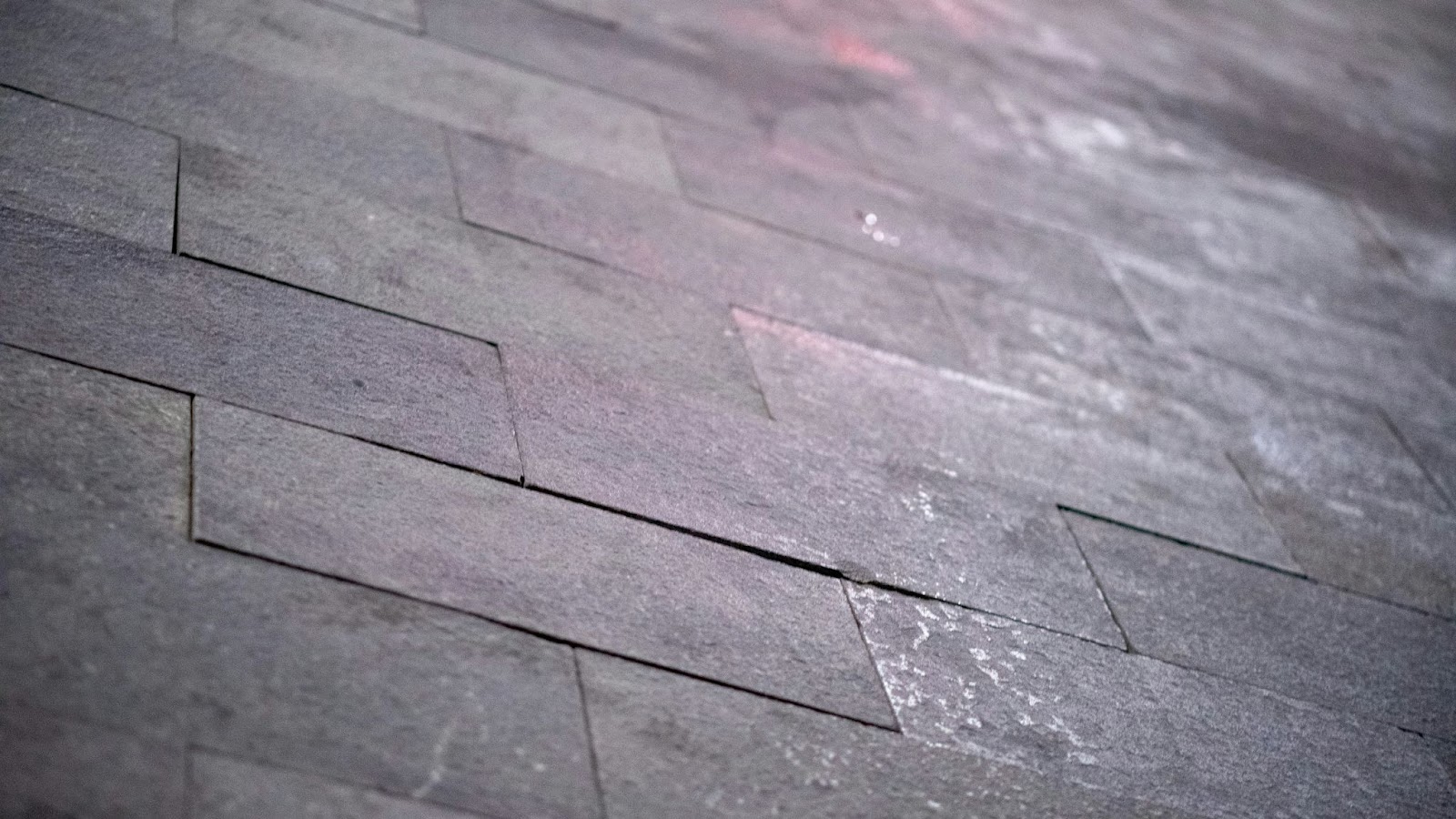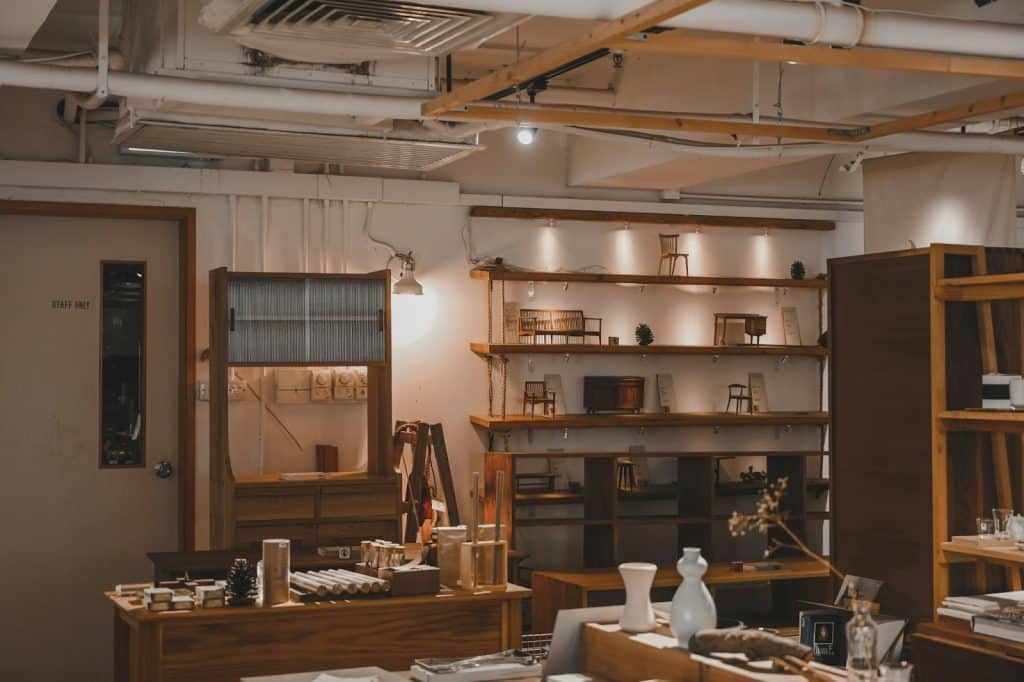Australian homeowners are increasingly investing in upgrades that deliver both immediate benefits and long-term value. Two often-overlooked improvements stand out for their return on investment and practical impact on daily living. This comprehensive guide explores how sustainable energy solutions and premium flooring systems can transform your property while boosting its market value.
The Case for Strategic Home Improvements
Not all home upgrades deliver equal returns on investment. Kitchen renovations and bathroom updates get plenty of attention, but they’re expensive and disruptive. Smart homeowners look for improvements that pay dividends through reduced operating costs and enhanced functionality.
Energy efficiency upgrades have become essential rather than optional in Australia’s climate. Rising electricity costs make self-generated power increasingly attractive financially. The environmental benefits align with growing buyer preferences for sustainable homes.
Flooring improvements often get dismissed as purely aesthetic choices. However, the right flooring solutions protect your investment, reduce maintenance costs, and dramatically improve usability. Industrial-grade coatings have moved from commercial applications into residential spaces with impressive results.
Understanding Solar Energy in Australian Homes
Australia enjoys some of the world’s best solar resources with high sunshine hours across most regions. This natural advantage makes solar installations particularly effective compared to many other countries. The technology has matured significantly, with efficiency and affordability both improving dramatically.
Solar panel systems convert sunlight directly into electricity for immediate household use. Excess generation feeds back into the grid, earning credits that offset nighttime consumption. Modern systems include battery storage options that maximize self-sufficiency and provide backup power during outages.
Government incentives and rebates significantly reduce upfront installation costs across Australia. The federal Small-scale Renewable Energy Scheme provides certificates that lower system prices substantially. Many states offer additional rebates and interest-free loan programs for eligible homeowners.
Regional Considerations for Solar Installation

Different Australian regions present unique opportunities and challenges for solar adoption. Coastal areas benefit from consistent sunshine but face salt air exposure that affects equipment longevity. Inland regions often experience more extreme temperatures that impact panel efficiency.
Queensland’s subtropical climate provides exceptional solar generation potential throughout the year. The combination of high sunshine hours and favorable feed-in tariffs makes solar particularly attractive. Coastal communities especially benefit from reduced reliance on grid power during peak demand periods.
Solar panels in Burleigh Heads and surrounding Gold Coast areas perform exceptionally well due to the region’s 300+ sunny days annually, making them one of Australia’s most cost-effective renewable energy investments, with typical systems paying for themselves within 4-6 years through electricity savings and feed-in tariff credits.
Local installation expertise and proximity to major suppliers also mean competitive pricing and excellent after-sales support.
System sizing must account for household consumption patterns and available roof space. Most Australian homes suit 6.6kW systems that balance cost and generation capacity effectively. Larger homes with pools, air conditioning, or home offices benefit from 10kW+ installations.
Solar Panel Technology and Selection
Modern solar panels come in three main types: monocrystalline, polycrystalline, and thin-film. Monocrystalline panels offer the highest efficiency and longest warranties, making them ideal for space-limited roofs. Polycrystalline panels cost less but require more space for equivalent output.
Panel degradation rates determine long-term performance, with quality panels losing less than 0.5% efficiency annually. This means 25-year-old premium panels still operate at 85-90% of original capacity. Warranty terms reflect the manufacturer’s confidence in longevity and performance.
Australian-approved panels must meet strict standards for cyclone, hail, and fire resistance. Always verify products carry appropriate certifications and warranties valid in Australia. Cheap imported panels often lack proper testing and support infrastructure.
Inverter Selection and Battery Storage
Inverters convert DC electricity from panels into AC power for household use. String inverters work for simple installations while microinverters optimize individual panel performance. Hybrid inverters enable battery addition without system replacement.
Battery storage technology has advanced rapidly, with lithium-ion systems now dominating the market. Storage allows solar energy use after sunset and provides backup during grid outages. Sizing batteries correctly requires analyzing evening consumption patterns and backup power needs.
Time-of-use electricity tariffs make batteries increasingly attractive financially. Storing cheap daytime solar for expensive evening use maximizes savings beyond simple feed-in credits. Smart systems automatically optimize charging and usage patterns.
Installation Process and Requirements

Professional installation typically takes one to three days, depending on system size and roof complexity. Installers must hold appropriate electrical licenses and Clean Energy Council accreditation. Always verify credentials before engaging contractors.
Structural engineering assessment ensures roofs can support panel weight and mounting systems. Most Australian homes easily accommodate standard installations, but older structures may require reinforcement. Shading analysis identifies optimal panel placement for maximum generation.
Grid connection approval from your electricity distributor is mandatory before system activation. This process typically takes 2-4 weeks and requires a licensed electrician’s documentation. Your installer should handle all necessary paperwork and approvals.
Maintenance and Monitoring
Solar systems require minimal maintenance, with occasional cleaning being the primary task. Rain naturally cleans most installations, but dusty areas or bird activity may require manual cleaning. Professional cleaning services exist for difficult-to-access roof installations.
Monitoring systems track generation, consumption, and system health in real-time through smartphone apps. Early detection of performance issues prevents minor problems from becoming expensive repairs. Most quality inverters include comprehensive monitoring as standard features.
Annual professional inspections identify potential issues before they affect performance. Checking connections, mounting security, and panel condition maintains optimal output over decades. Small maintenance investments protect much larger equipment investments.
The Flooring Foundation
While solar panels work overhead, your floors handle constant traffic and environmental stresses. Garage floors, workshops, and outdoor entertainment areas face particular challenges in Australian conditions. Standard concrete surfaces quickly deteriorate from oil stains, chemical spills, and weather exposure.
Traditional flooring solutions like tiles or paint offer limited durability in high-use areas. Tiles crack under heavy loads, paint peels with chemical exposure, and both require frequent maintenance. Industrial-grade coating systems provide superior alternatives that last for decades with minimal upkeep.
The right floor coating transforms spaces from purely functional to genuinely attractive. Professional-looking floors increase property value and make spaces more enjoyable to use. Guests notice quality flooring even if they can’t identify exactly what makes it special.
Understanding Advanced Floor Coating Systems

Modern floor coatings have evolved far beyond simple epoxy paints available at hardware stores. Professional-grade systems use advanced polymers that bond chemically with concrete substrates. This creates incredibly durable surfaces resistant to virtually any household chemical or impact.
Polyurea floor coating represents the pinnacle of protective flooring technology, offering superior durability, chemical resistance, and aesthetic appeal compared to traditional epoxy systems, with rapid curing times that allow same-day vehicle traffic and immediate use of coated spaces.
Australian homeowners increasingly choose polyurea for garages, workshops, pool surrounds, and outdoor entertainment areas where extreme durability and weather resistance are essential.
Application requires proper surface preparation, including grinding, crack repair, and moisture testing. Professional installers ensure optimal bonding and finish quality that DIY applications rarely achieve. The difference between professional and amateur applications becomes obvious within months.
Benefits of Premium Floor Coatings
Chemical resistance protects concrete from automotive fluids, cleaning products, and pool chemicals that normally stain or damage bare concrete. Sealed surfaces prevent moisture penetration that causes concrete deterioration over time. This protection extends floor life by decades compared to untreated surfaces.
Easy cleaning saves hours of maintenance effort over the floor’s lifetime. Spills wipe up instantly without staining, and dust no longer penetrates concrete pores. Regular sweeping and occasional mopping maintain the showroom appearance indefinitely.
Safety features include slip-resistant textures that prevent accidents in wet conditions. This matters particularly around pools and in garages where water and oil create hazards. Custom texture levels balance slip resistance with comfortable barefoot walking.
Aesthetic customization allows unlimited color combinations, decorative flake patterns, and metallic finishes. Your garage or entertainment area can match your home’s design aesthetic perfectly. Many homeowners choose colors that hide dirt while maintaining visual appeal.
Application Areas and Considerations
Garages represent the most common residential application for advanced coatings. Vehicle traffic, tool drops, chemical spills, and hot tire tracking destroy standard concrete surfaces rapidly. Quality coatings handle all these stresses while maintaining appearance for 15-20+ years.
Workshops and hobby spaces benefit enormously from easy-to-clean, durable floors. Spilled paint, wood glue, metal filings, and other materials wipe away without permanent staining. Bright, reflective surfaces improve lighting and create more pleasant working environments.
Outdoor entertainment areas, including patios, pool surrounds, and alfresco dining spaces, need weather-resistant, attractive flooring. Coatings withstand UV exposure, rain, and temperature fluctuations while providing safe, comfortable surfaces. They outlast pavers and tiles at comparable or lower costs.
Internal living areas increasingly feature polished concrete or coating systems. Modern formulations create beautiful floors suitable for living rooms, kitchens, and bedrooms. They offer hypoallergenic surfaces without carpets that trap dust and allergens.
Comparing Coating Systems
Epoxy coatings have dominated for decades and still suit many applications. They offer good durability and affordability but have limitations, including longer cure times and reduced UV resistance. Epoxy works well for interior spaces with moderate use.
Polyurea systems cure in hours rather than days and provide superior flexibility and impact resistance. They handle temperature extremes better and resist UV degradation more effectively. These advantages justify premium pricing for demanding applications.
Hybrid systems combine the benefits of both technologies with polyurea topcoats over epoxy bases. This approach balances cost and performance effectively for many residential applications. Discuss options with qualified installers to match systems to specific needs.
Installation Timeline and Process
Professional floor coating installation typically requires 2-3 days from preparation through final cure. Surface grinding removes contaminants and opens concrete pores for optimal bonding. Crack repair and moisture testing ensure long-term coating success.
Multiple coating layers build thickness and durability with decorative flakes or additives added between coats. Final clear topcoats provide ultimate protection and UV resistance. Proper application technique matters enormously for longevity and appearance.
Cure times vary by product, with polyurea systems often ready for light traffic within 24 hours. Full cure takes several days regardless of product type. Follow installer recommendations precisely to ensure warranty compliance and optimal performance.
Cost Analysis and Investment Value

Solar systems cost $4,000-$12,000, depending on size and quality, with larger systems delivering better cost-per-watt economics. Government incentives reduce upfront costs by $2,000-$4,000 for most residential systems. Finance options spread costs over time, while savings begin immediately.
Electricity savings average $1,500-$3,000 annually for typical Australian households, depending on system size and consumption patterns. This means payback periods of 4-7 years with 20+ years of additional savings. Systems easily save $40,000+ over their lifetime.
Floor coating costs vary from $50-$150 per square meter, depending on system type and preparation requirements. Garage installations typically cost $2,000-$5,000 for standard two-car spaces. This investment lasts 15-20+ years compared to repainting or resealing every 2-3 years.
Return on Investment Calculations
Solar systems provide measurable ROI through reduced electricity bills and feed-in tariff credits. Rising electricity costs accelerate payback as savings grow each year. Systems often pay for themselves before warranties expire.
Property value increases from both upgrades, attracting buyers and commanding premium prices. Homes with solar systems sell faster and for 3-5% more than comparable properties. Quality flooring similarly differentiates properties in competitive markets.
Reduced maintenance costs contribute to overall returns beyond direct savings. Solar systems require virtually no maintenance, while quality floor coatings eliminate regular resealing, painting, or tile replacement. These avoided costs add up substantially over decades.
Finding Quality Contractors
Solar installers should hold Clean Energy Council accreditation and appropriate electrical licenses. Check reviews, verify insurance coverage, and request multiple quotes before deciding. Established local companies provide better ongoing support than fly-by-night operators.
Floor coating contractors should demonstrate extensive experience and provide verifiable references from past clients. Request photos of completed projects and, if possible, visit actual installations. Quality contractors guarantee their work and use premium products.
Avoid contractors pressuring immediate decisions or offering prices dramatically below market rates. Quality work costs appropriate amounts, and exceptional deals often indicate shortcuts or inferior products. Take time to research and make informed decisions.
Timing Your Upgrades
Solar installations proceed year-round, though summer installations maximize immediate generation and savings. Avoid wet-season installations in tropical areas if possible. Plan installations well before peak summer demand to ensure contractor availability.
Floor coating requires dry conditions and moderate temperatures for optimal curing. Spring and autumn offer ideal conditions across most of Australia. Avoid extreme heat or cold that affects curing and final finish quality.
Coordinate both projects if possible to minimize disruption and potentially negotiate package pricing. Completing upgrades before summer maximizes solar benefits while providing time to enjoy upgraded outdoor spaces. Strategic timing enhances enjoyment and financial returns.
Conclusion: Investing in Long-Term Value
These two upgrades represent smart investments that deliver returns through reduced operating costs and enhanced property value. Both suit Australian conditions exceptionally well and have matured into reliable, cost-effective technologies. Homeowners who implement both strategies position properties advantageously in competitive markets.
Solar energy and premium flooring solutions align with growing buyer preferences for sustainable, low-maintenance homes. These upgrades appeal to quality-conscious buyers willing to pay premiums for well-maintained properties. Consider them foundational improvements that support overall property value.
Take time to research options, gather quotes, and select quality contractors for both projects. Done properly, these upgrades deliver benefits for decades while requiring minimal maintenance.
Your investment in sustainable energy and durable flooring pays dividends through immediate savings and long-term property appreciation.
